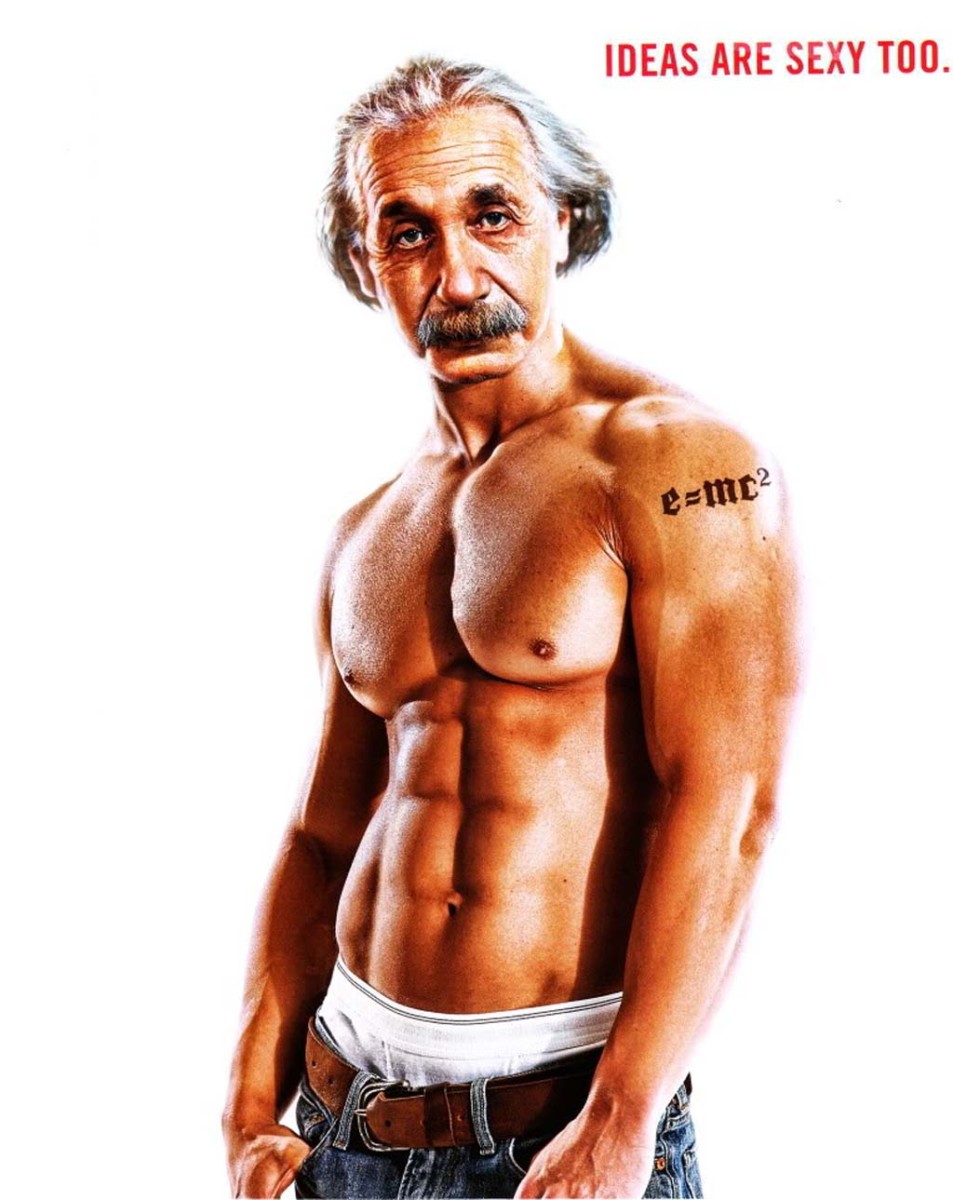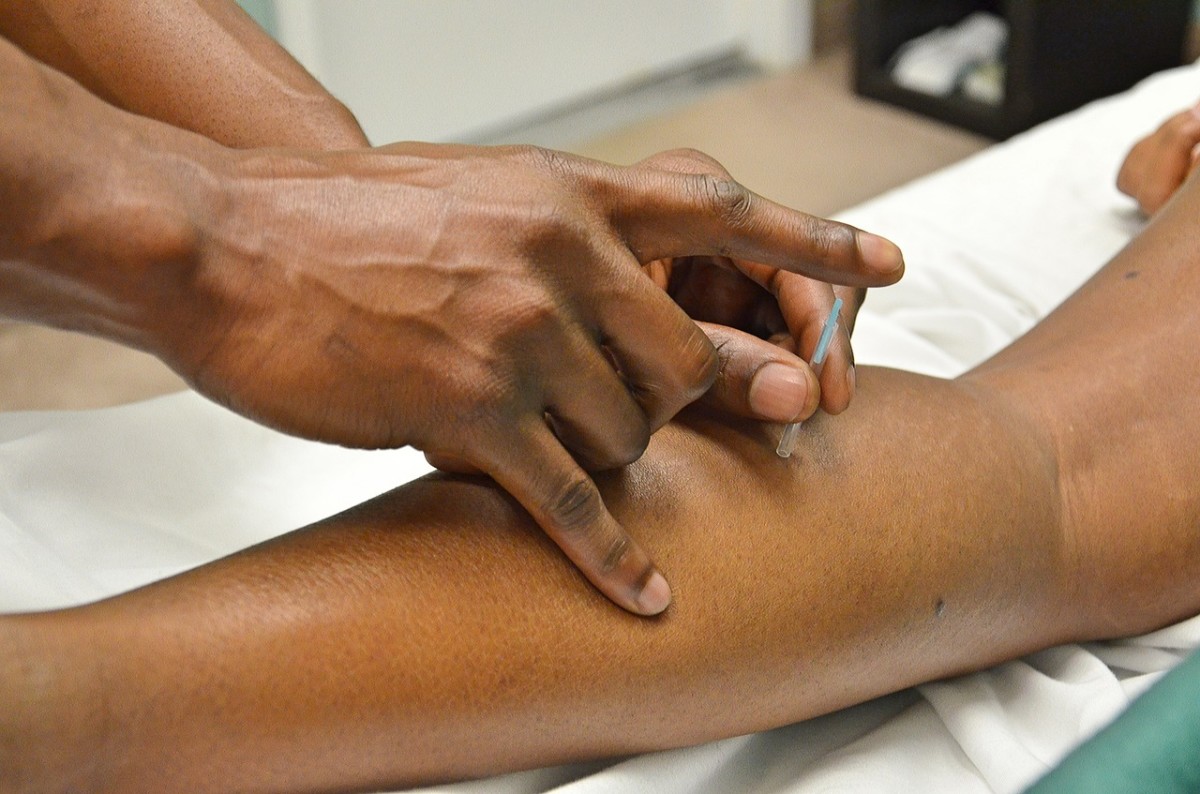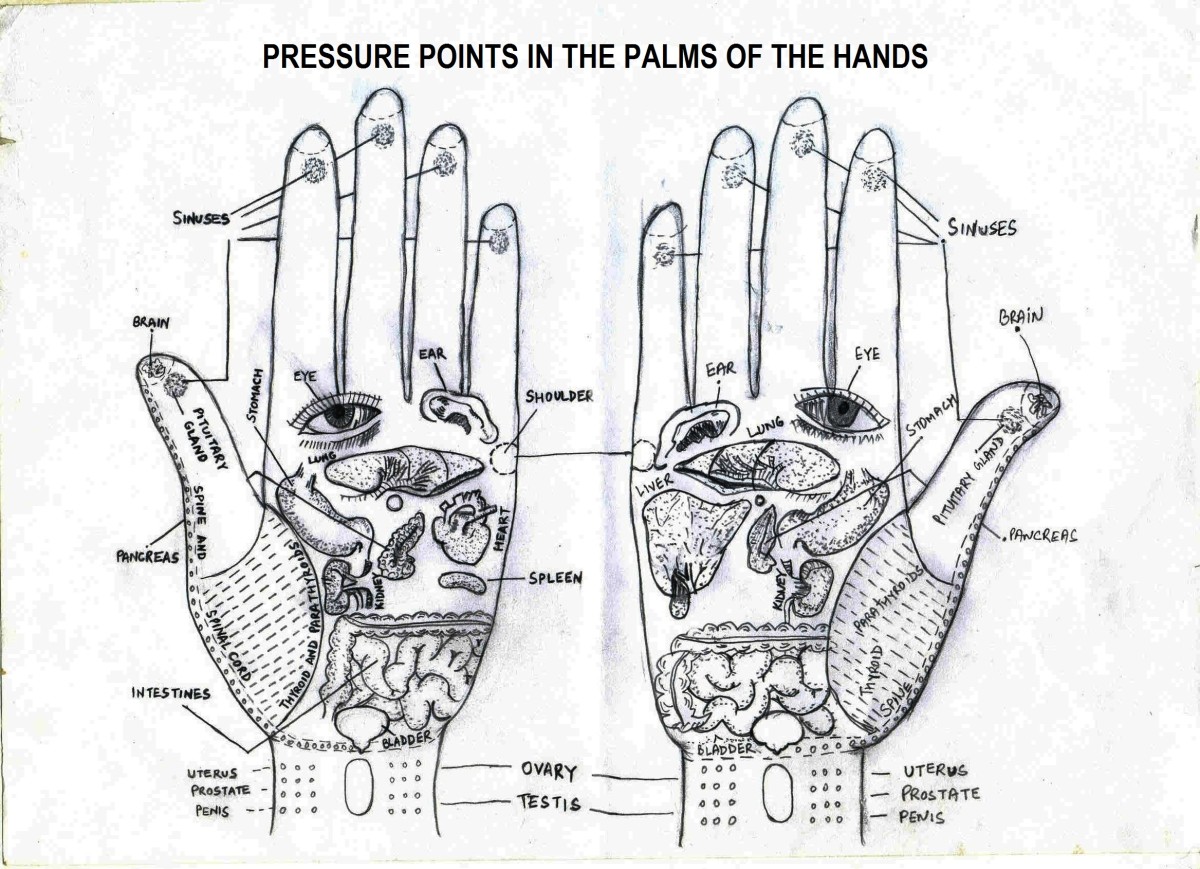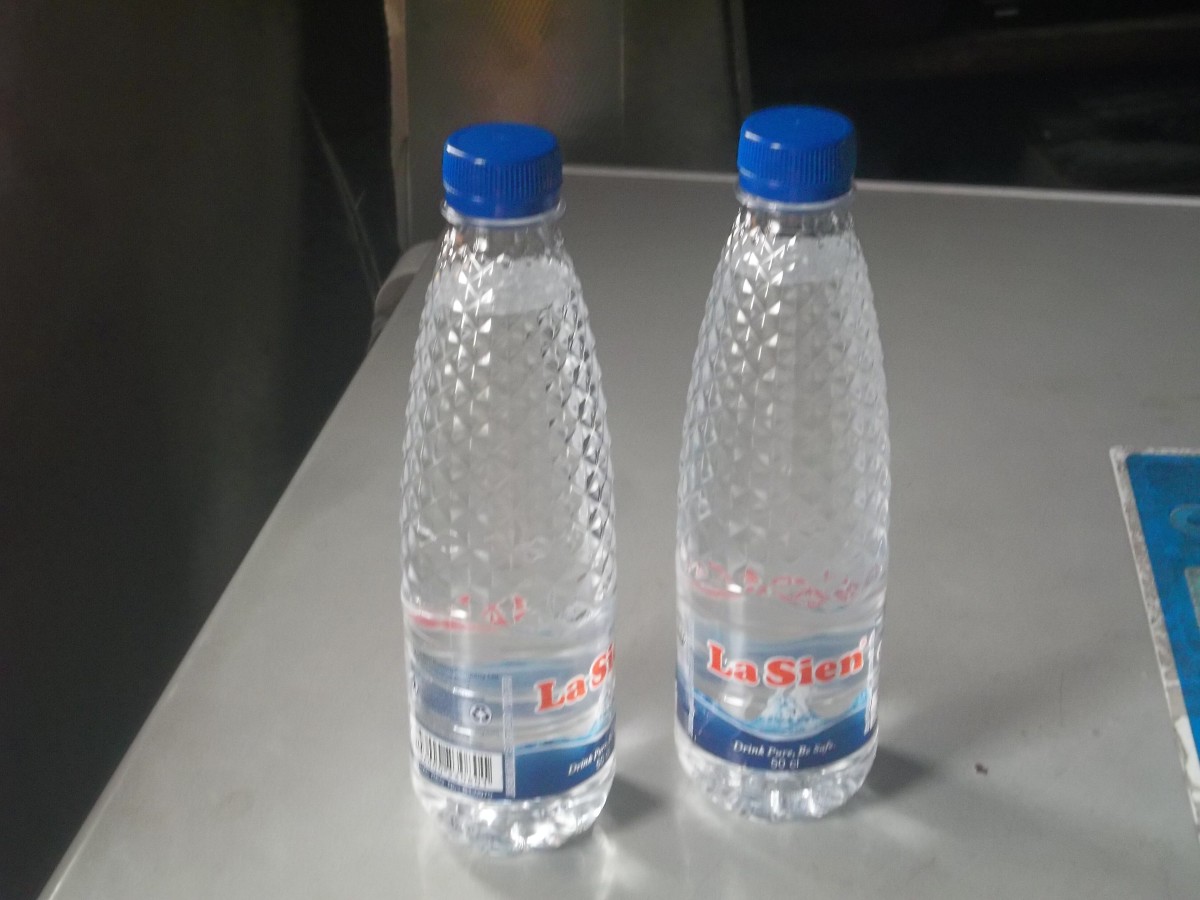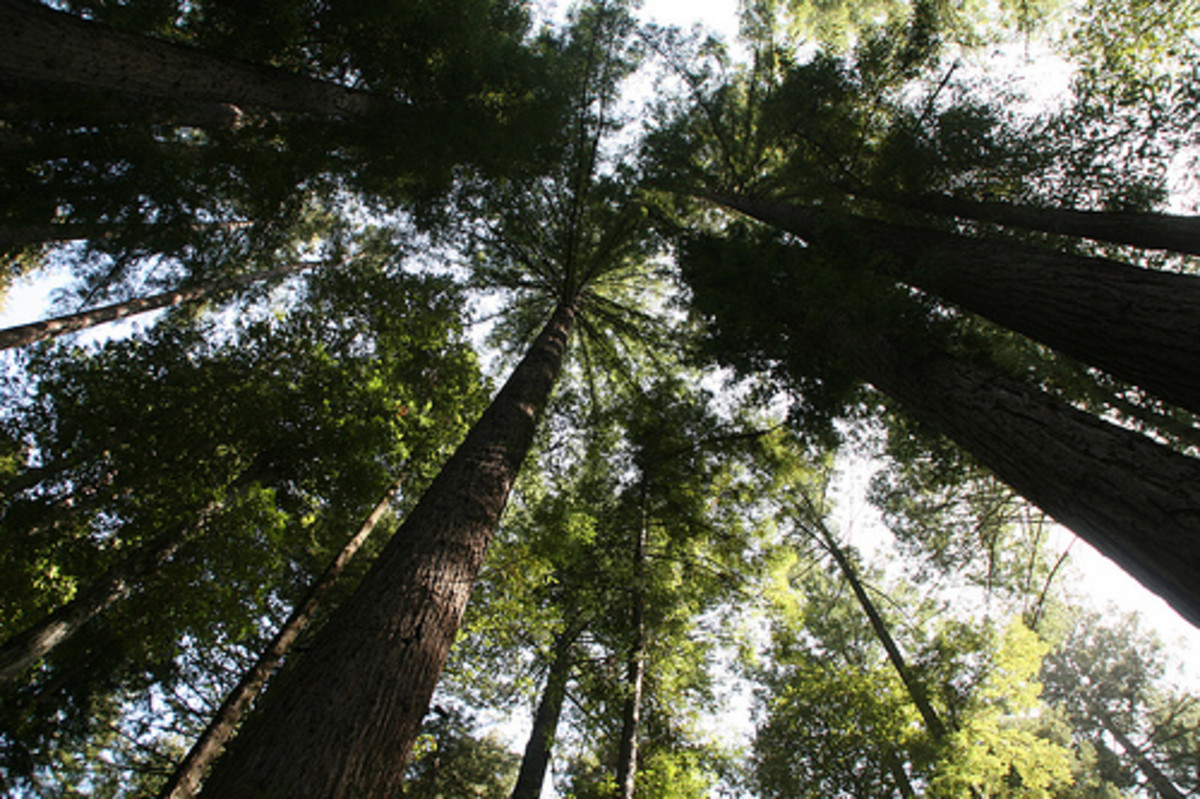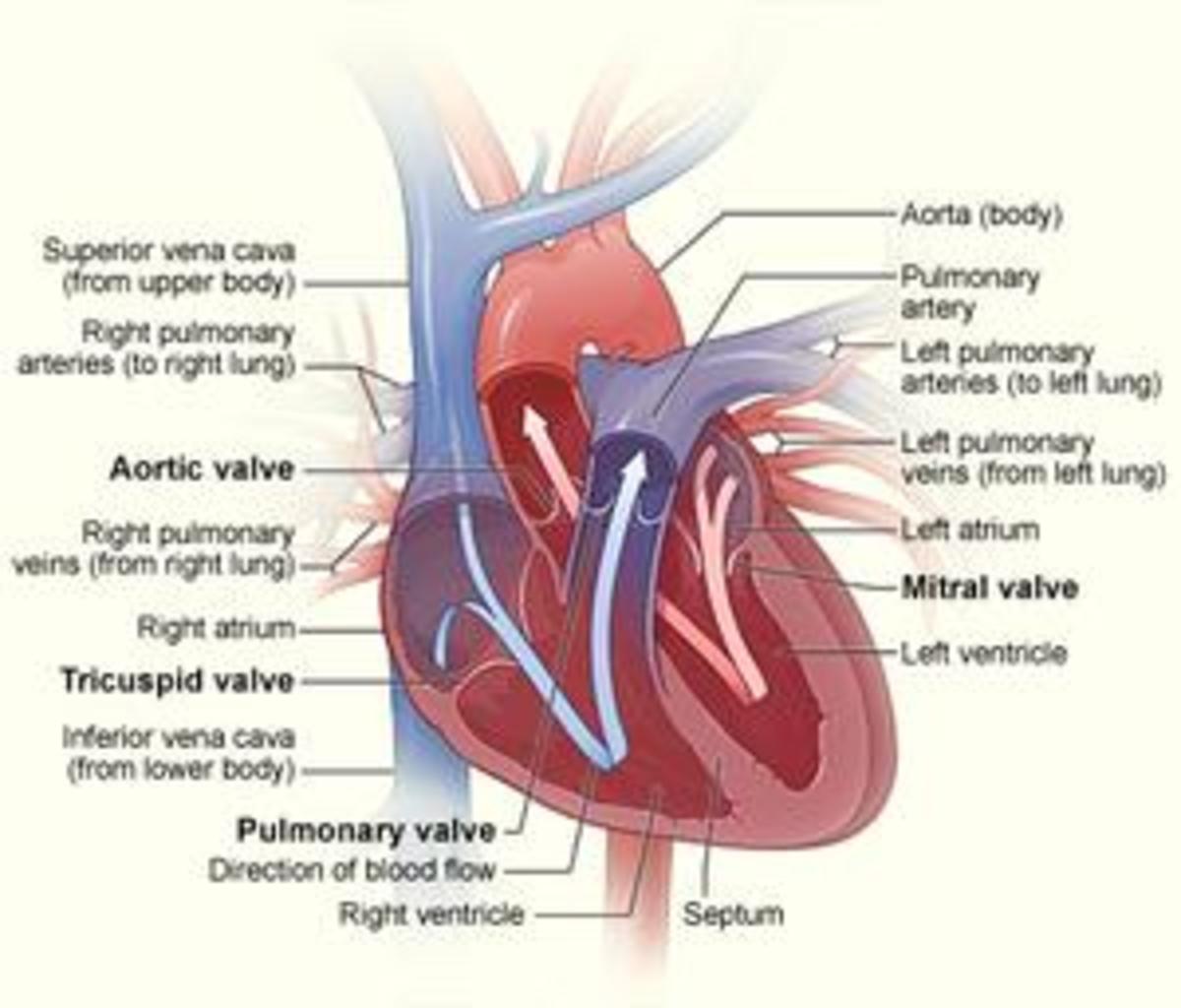- HubPages»
- Health»
- Alternative & Natural Medicine»
- Whole-Body Health & Holistic Medicine
Water and Aquatic Therapies
Water Therapies
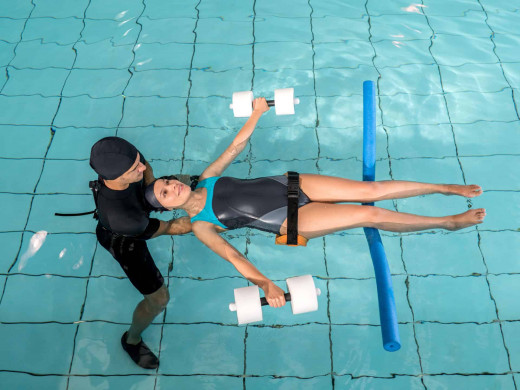
About Water Therapies
Aquatic therapies uses the water, which supports balance of the body because it is made up of 60% water. It combines this with movement through concepts such as Watsu, water dance, or Chi movement and breathing. These all allow one to move into a state of deeper relaxation while releasing trauma that one may carry. The support of this process is known to release deep wounds and traumas while allowing one to have profound results in mind, body and spirit.
Body
- release of trauma
- relaxation
- settling of the nervous system
Mind
- relaxation
- unwinding of mind / emotions
Spirit
- deep relaxation and "journeying"
- sense of meditation
- play and fun
History of Water Therapies
When going into any region of the world, newer and ancient aquatic therapies can be found, all which are known to support a state of healing as well as a sense of balance. When continuously using concepts of water therapies in the culture, it was noted to have profound impact.
The ancient Greeks and Romans understood that bathing and hot springs could be used to maintain balance. The commonly known Turkish and Roman baths were not only used for cleanliness, but included a series of rooms to support wellness. This included improvements in circulation as well as reaching a state of relaxation.
In Switzerland, monks would often use thermal waters when someone was sick or disabled. They believed that this could help to achieve a state of balance while detoxifying the system to remove the imbalances or disease that someone was facing.
In South-East Asia, and specifically in Japan, hot springs were used as medicine. These were often referred to as onsens. If one had issues with digestion, pain, or skin, then the onsens were one of the remedies which were recommended to detoxify and cleanse the body from the illness.
Today, water therapies continue in these cultures, all which understand that the natural healing properties of water are able to support balance in the body.
Water Healing

How Water Heals
When using water in specific ways, it is able to support the balance in the body. This occurs over a period of treatments and is designed to remove toxins and unwanted pain while assisting with a state of mental and spiritual balance.
Water is a gentle and subtle way to experience healing. When using this in combination with different therapies, it heightens the transformation that one's body, mind and spirit needs at the time.
The anti-gravity of water is known as the staple of healing. It makes it easier to move, regenerate and to work with specific therapies.
Water's ability to absorb into the body is also a key feature for healing. Because the body is comprised of 60% water, it makes it easier to move into a state of balance while gaining the extra properties within the water as a therapy.
Using Water Movement to Heal
A common format which one uses in order to heal is the use of water movement. Running, swimming, resistance training, and even dancing can be used as a way to reach a state of healing.
When one has pain or musculoskeletal injuries, water makes the exercise easier. The lack of gravity as well as the ability to move freely with smaller motion assists and supports the body's ability to heal. As a result, strength and balance become easier for one to reach while in the water.
In relation to this, hydrostatic pressure is able to help one with heart, lungs, and the cardiovascular system. Exercising in the water supports faster movement without feeling the strain from atmospheric pressure. This allows one to use the water for a state of health.
Movement Therapies
Movement therapies first became popular in Japan in the early 1900s, focusing on chi in the water. This used chi style movements with the breath in order to release physical, mental, and emotional pain.
Today, practitioners use several forms of movement therapies to assist with release and relaxation. Watsu, dance therapy, and "the Hallwick Method" for instance, are taken from chi and exercise movements and allows one to lie on supportive floating devices. The practitioner moves the individual, allowing their body to become more fluid and release blocks that are being held.
Balneo Therapy
Balneo Therapy is designed as a form of soaking in water with supplements to heal. When using different approaches to this, it allows the body to absorb the minerals and vitamins that bring the body into balance. It is believed that the water makes it easier to absorb the minerals or vitamins that one needs.
The most natural form of Balneo Therapy is with hot springs and mineral baths. These are often found as natural springs in the mountains which carry extra minerals that the body cannot receive without external supplements. Salt, copper, and other important minerals are included in this. When one soaks for a minimum of 15 - 20 minutes, the body is able to absorb this and receive the extra support for their body.
Other forms of Balneo Therapy occur with supplements added for detoxification. For instance, herbal baths are a common form where one soaks in a combination of herbs for 15 - 30 minutes. These herbs are known to remove free radicals, balance the body, assist with weight loss, improve circulation, and to create balance. Often, these herbs are inclusive of Ayurvedic properties, such as cinnamon, lemongrass, ginger, cloves, and anise.
Temperature Based Therapies
Temperature in the water is able to target specific ailments and bring the body into balance. Many practitioners will use specific degrees to make sure that this supports the needs of someone who is healing.
Warmer or hotter water is the most common format for healing, specifically because it relaxes the body. Muscle tension, circulation, and reduction of inflammation are then able to naturally occur.
In other instances, cooler water is used, specifically with those who are interested in improving their circulation or looking at weight loss.
In many instances, practitioners recommend a combination of warmer with colder water as a "contrast therapy" by moving back and forth between two temperatures. When this is done, it allows the body to compress and decompress, which releases toxins, drains the lymphatic system, and allows the body's system to regain a sense of balance through the combination of temperature and water therapy.
Water Pressure Therapy

Pressure Based Hydrotherapy
For those who are experiencing injury or assault to the body, hydrotherapy with pressure added can support well-being. Pressure from something like a waterfall or jet will support release of muscle tension, aggravation of joints, and will renew the body into a state of balance.
Different levels of pressure are known to assist the body differently, providing a water type massage. Hydrotherapy practices will often place man-made waterfalls with different pressure levels and temperatures to target key areas where one may have tension or stress.
Modern therapies, such as a jacuzzi, are one of the most commonly used forms of pressure based hydrotherapy, allowing one to release and relax muscles and joints from the body.
This content is accurate and true to the best of the author’s knowledge and is not meant to substitute for formal and individualized advice from a qualified professional.
© 2012 Brooke Hart

